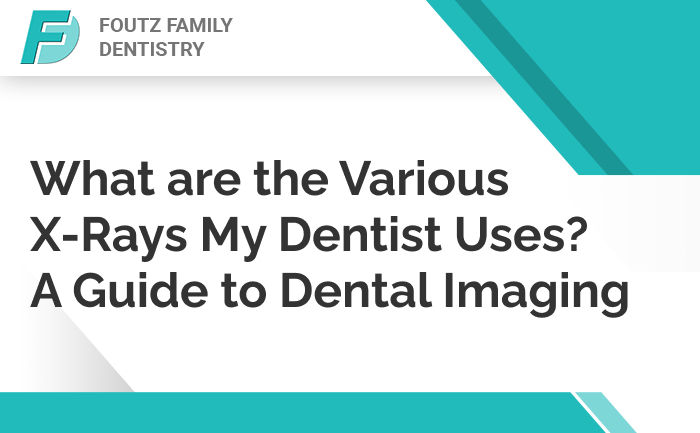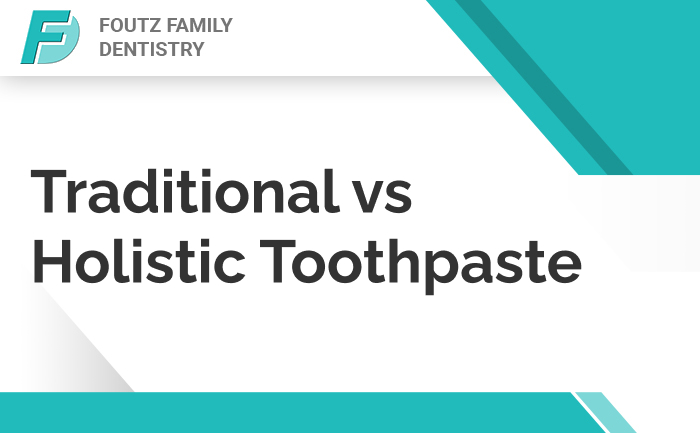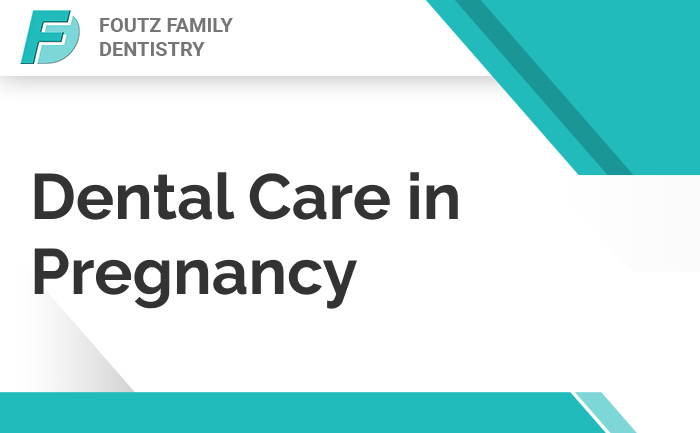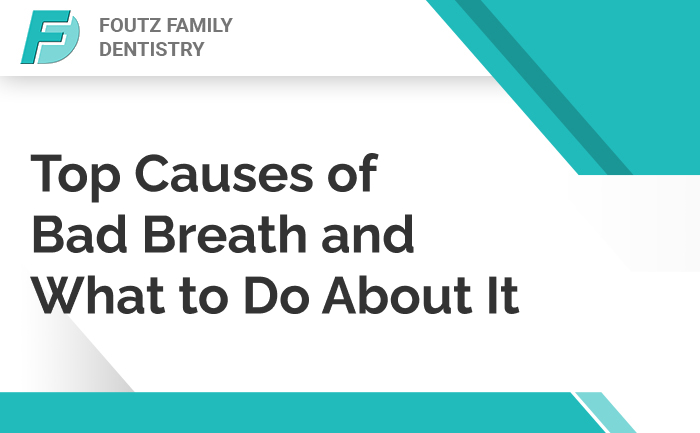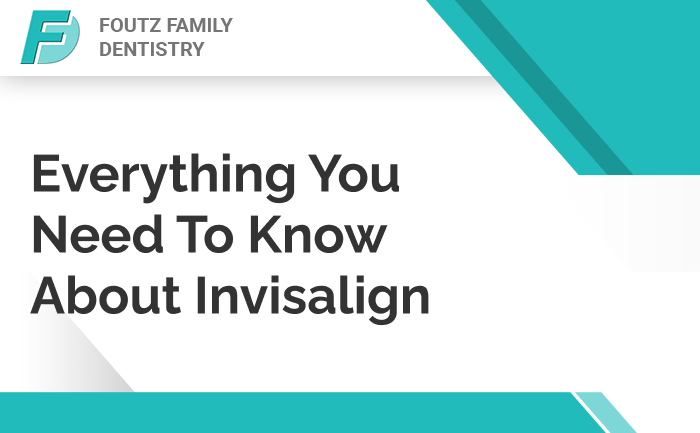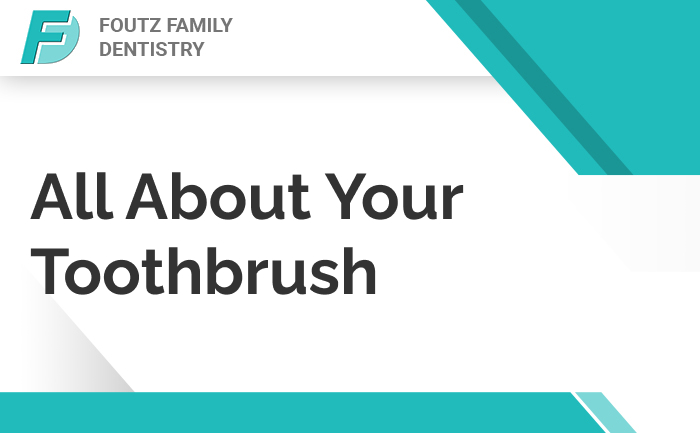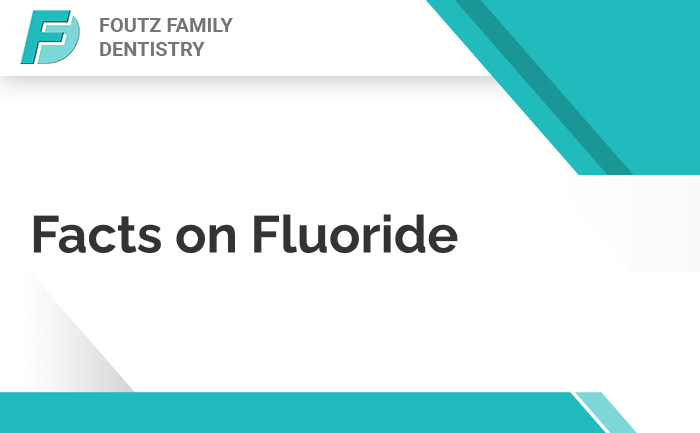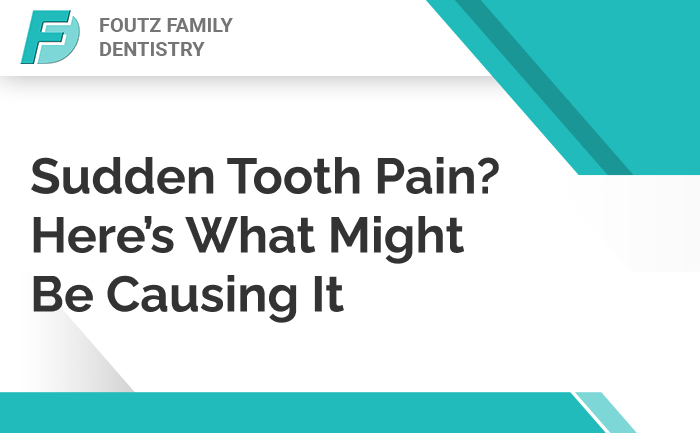X-rays are a modern miracle of science, allowing medical and healthcare professionals to see and solve problems without invasive methods. Dental imaging will enable dentists to see beyond the surface, detecting issues that may go unnoticed.
Foutz Family Dentistry uses various X-ray technologies to make assessing and maintaining oral health easier. Several dental imaging techniques are available, each serving a unique purpose in helping with dental upkeep.
Keep reading to learn about different X-rays your dentist may use and how they contribute to better, personalized dental care.
Why X-Rays are Essential for Dental Health: An Overview
Standard dental exams assess the surface of your teeth and gums, while dental X-rays allow dentists to see problems within and underneath teeth and gumlines. With detailed images of your teeth, gums, and jawbone, dental imaging can help dentists see, diagnose, and remedy minor issues before they become more significant problems. The longer you wait to get your dental health in order, the more severe minor problems may become.
- Bitewing X-Rays: What They Reveal About Cavities and Gum Health
This dental imaging technique checks for cavities between teeth. It provides a close-up view of dips and crevices, helping to address areas prone to decay due to trapped bacteria from food and drinks.
- Panoramic X-Rays: A Full View of Your Mouth and Jaw
Giving a broad view of the whole mouth, panoramic X-rays evaluate jaw alignment, detect impaction problems, and address abnormalities in the teeth and jaw.
- Periapical X-Rays: Detecting Root Issues and Bone Health
From crown to roots, the periapical X-rays focus on the entire tooth. It allows dentists to pinpoint problems with a tooth’s structure from within.
- 3D Cone Beam Imaging: Advanced Diagnostics for Complex Cases
3D cone beam imaging is often used for impacted teeth, complicated extractions, or dental implants. The imaging is three-dimensional and complex.
- Occlusal X-Rays: A Close Look at the Floor of the Mouth
Occlusal X-rays are popular with children to check the health of adult teeth beneath baby teeth. It can also look at jaw fractures and wisdom tooth eruptions.
How Often Should You Get Dental X-Rays? Understanding Safety, Frequency, and Dental Health
Dental X-rays are preventative, proactive measures that allow you to keep tabs on your oral health with comprehensive dental imaging. Most people need dental X-rays annually, but dentists will let you know if you need to be seen more or less.
Teeth are crucial for so much in life, from chewing and savoring your favorite foods to expressing positive emotions with a beautiful smile. It all leads back to oral health, and that’s where Foutz Family Dentistry can help.
Dental X-rays are vital to dental health, and we use the latest dental imaging tech to ensure precise, thorough results. Are you due for a dental checkup? Do you have concerns about your dental health? Our experienced dental team provides the best care possible, so schedule your first appointment today.
Let us keep your smile healthy and bright with the most advanced dental imaging tools available!






